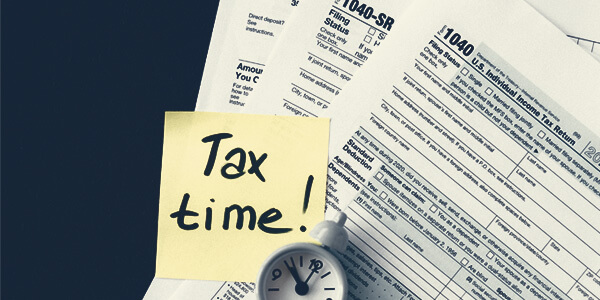The influence of bad debts on income taxes is a matter of serious concern among tax payers. The intricacies are often confused as many are not aware of the way things are carried out. A bad debt is a result of either actual money loaned or a loss on any earlier reported income. If you want to know the ways to deduct or cancel a bad debt on your tax return, you must decide whether the debt is a business bad debt or a personal bad debt.
Business bad debts: Business bad debts are those debts that are created as a part of the normal course of business. It can also be something that is closely related to the business like if you fail to pay your invoice while you are on the accrual basis of accounting. Such debts are considered as business expense and they are deducted on the business tax return in the year it becomes useless. However depending upon the way you treat the debt it can create a net operating loss, which could be carried forward or backward.
Personal bad debt: If the debt is not related to any business activity then it is considered as a personal bad debt. These debts are usually incurred as a result of giving out a loan to a friend or relative who fails to repay it. Such debts can also be carried forward to the next year schedule. Apart from these you need to take steps to ensure the qualification and proper deduction of the bad debt from your income tax. Some of these steps are:
Prove that the bad debt is valid: The U.S. Internal Revenue Code provides for deductions to taxpayers for personal bad debts. It also states that for being eligible for tax deduction the bad debts should have evidence of the original amount in the form of promissory notes or other written agreement.
Show that the debt cannot be collected: If you want deductions on bad debt from income taxes you must prove that the debt cannot be collected. This can happen due to various reasons like death, bankruptcy or overall insolvency of the debtor.
Follow rules to get proper deduction: You need to follow the rules and specifications. The Internal Revenue Code states that the personal bad debt deduction should be reported via Part I of Schedule D, Form 1040. It also states that the deduction must be in the same year that the debt went out of control.
Seek professional help: Whether it is personal debts or business bad debts, it is necessary that you are careful during the documentation process. For removing the bad debts from your income tax you can also take help from a tax debt attorney in your state. The attorney being aware of the legal hassles can guide you in a better way.












